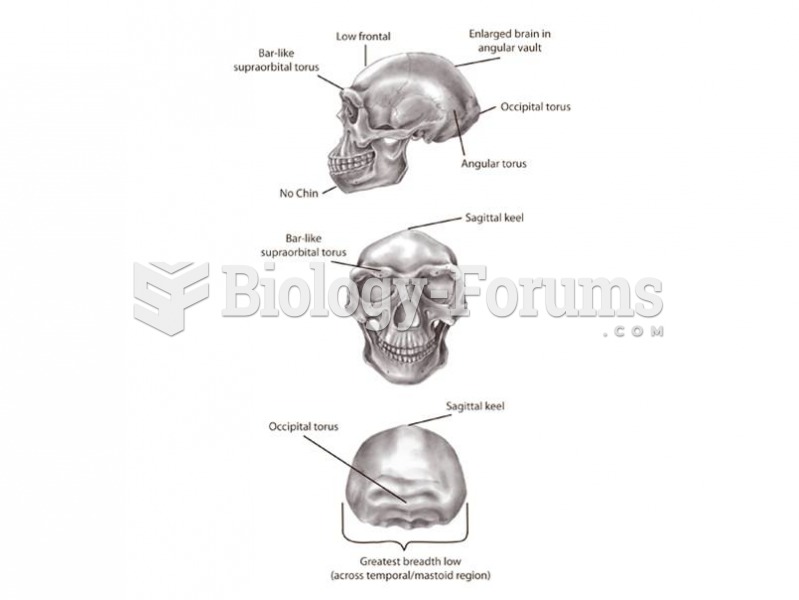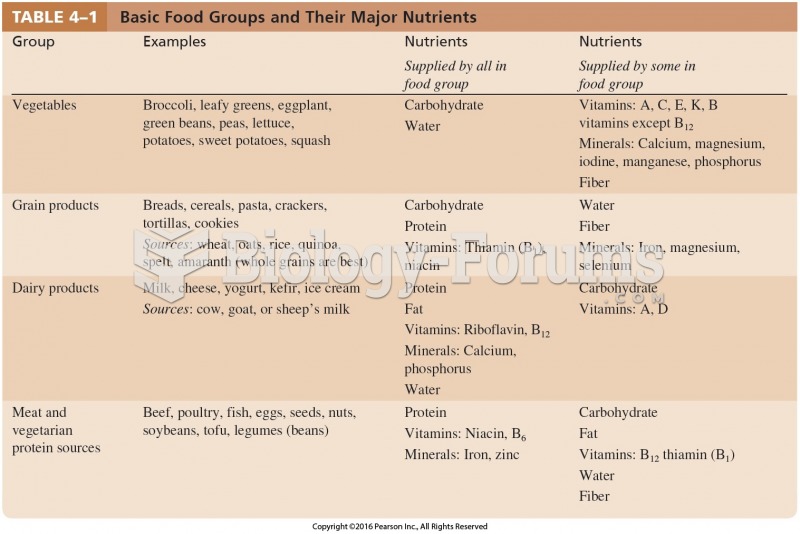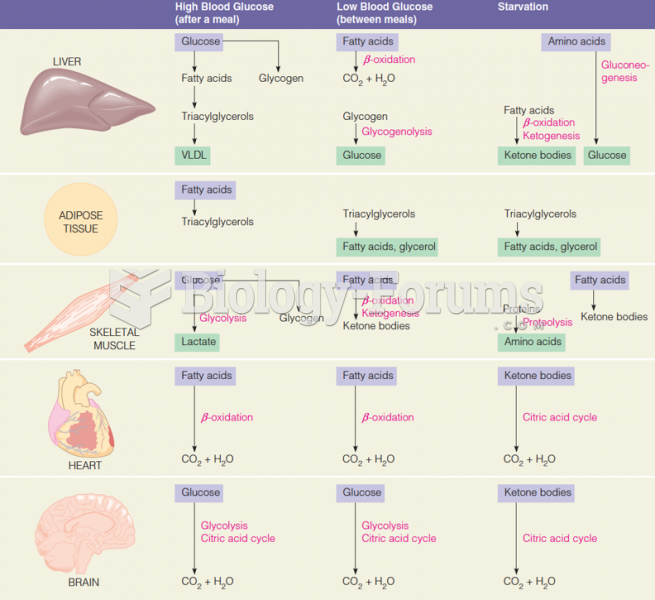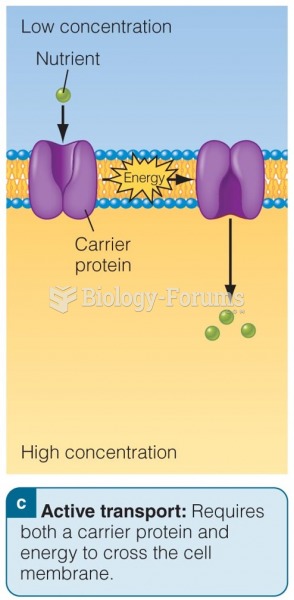Answer to Question 1
Government intervention is often motivated by protectionism. Protectionism refers to national economic policies designed to restrict free trade and protect domestic industries from foreign competition. Protectionism is typically manifested by tariffs, nontariff barriers such as quotas, and arbitrary administrative rules designed to discourage imports. A tariff is a tax imposed by government on imported products, effectively increasing cost of acquisition for the customer. A nontariff trade barrier is a government policy, regulation, or procedure that impedes trade through means other than explicit tariffs.
Four major defensive motives are particularly relevant: protection of the nation's economy, protection of an infant industry, national security, and national culture and identity.
1. PROTECTION OF THE NATIONAL ECONOMY : Proponents argue that firms in advanced economies cannot compete with those in developing countries that employ low-cost labor. Protectionists demand trade barriers to curtail the import of low-priced products. The action is intended to protect jobs and ensure higher wages for workers in advanced economies.
2. PROTECTION OF AN INFANT INDUSTRY: In an emerging industry, companies are often inexperienced and lack the latest technologies and know-how. They also may lack the large size typical of competitors in established industries abroad. A very young industry may need temporary protection from foreign competitors. A government may impose temporary trade barriers on foreign imports to ensure that young firms gain a large share of the domestic market.
3. NATIONAL SECURITY: Countries impose trade restrictions on products viewed as critical to national defense and security. These include military technology and computers that help maintain domestic production in security-related products.
4. NATIONAL CULTURE AND IDENTITY: Governments may impose trade barriers to restrict imports of products or services seen to threaten such national assets. In the United States, authorities opposed Japanese investors' purchase of the Seattle Mariners baseball team because it is viewed as part of the national heritage. France does not allow significant foreign ownership of its TV stations because of concerns about foreign influence on French culture.
Answer to Question 2
FALSE







